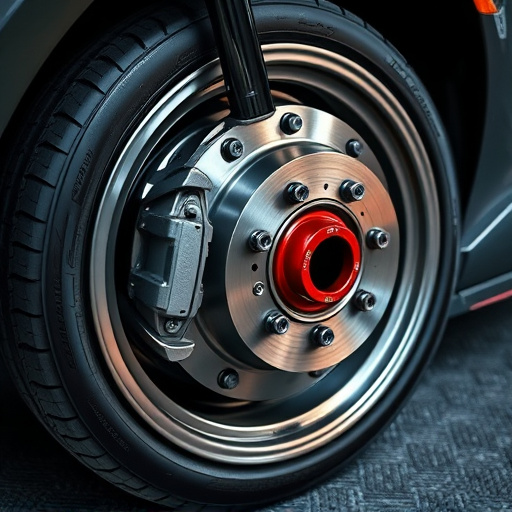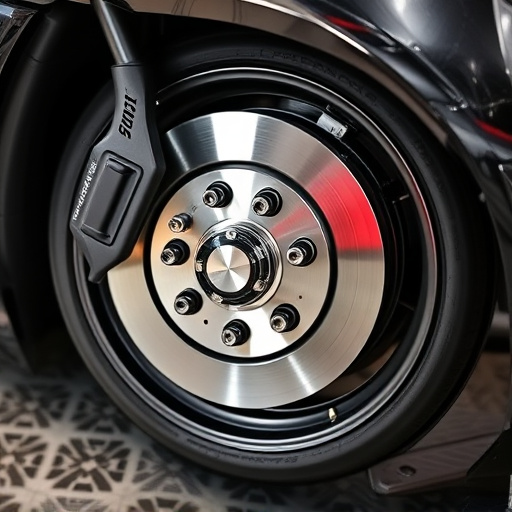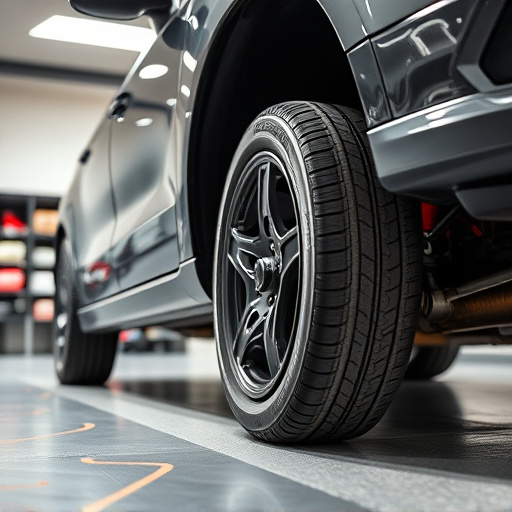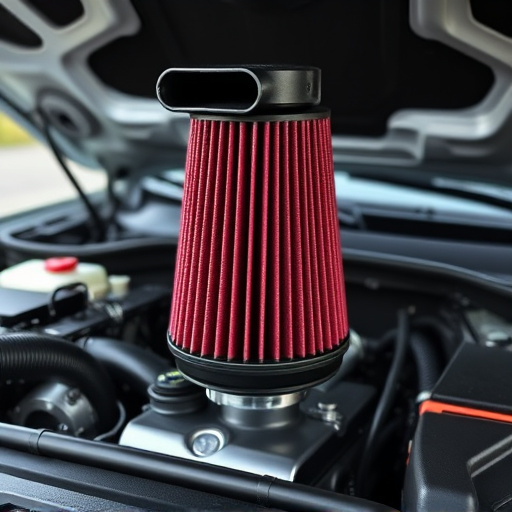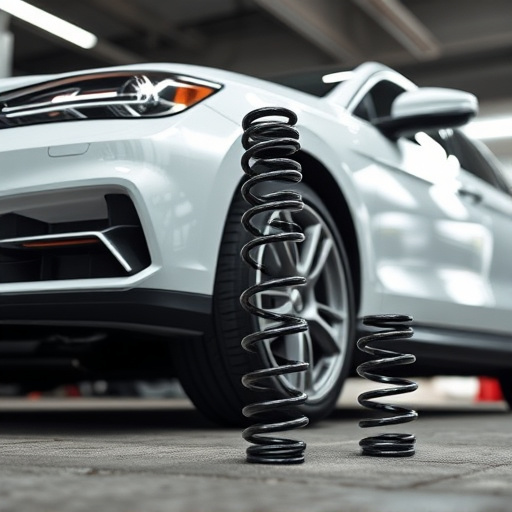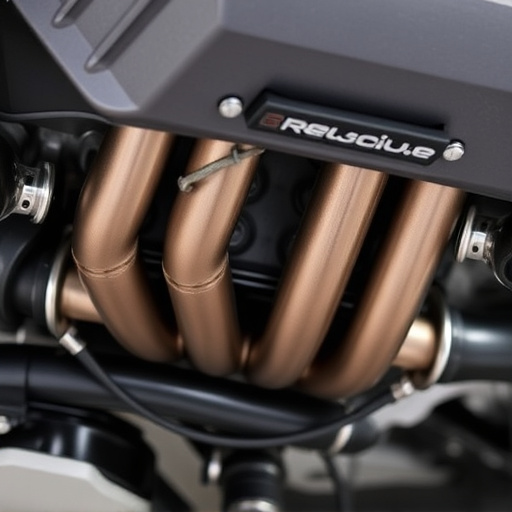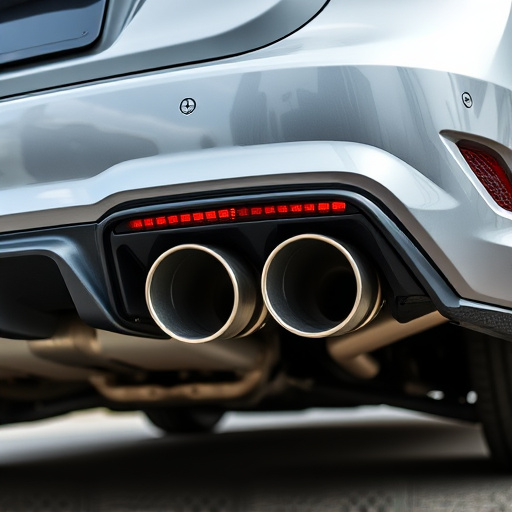Car suspension systems are critical for safe and enjoyable driving, with modern vehicles featuring advanced designs like multi-link setups and adaptive dampers, while classics may use leaf or coil spring systems. Manufacturers create universal car suspension parts to accommodate different architectures, considering dimensions, mounting points, and compatibility. Key components include struts, shock absorbers, coilover kits, and control arms, each serving unique functions vital for ride quality and vehicle performance. Modern engineering, including adjustable shocks and modular systems, bridges the gap between new and old vehicles, simplifying repairs and modifications for both modern and classic cars.
In the realm of automotive customization, adapting car suspension parts for both new and older vehicles offers a unique challenge. This article delves into understanding car suspension systems—a complex yet integral foundation for compatibility across generations. We identify common suspension parts and their functions, highlighting the key components that facilitate universal fit. Additionally, we explore strategies to adapt these parts, ensuring seamless integration regardless of vehicle age. Discover how these innovative solutions revolutionize modifying your ride, enhancing both performance and style.
- Understanding Car Suspension Systems: A Foundation for Compatibility
- Identifying Common Suspension Parts and Their Functions
- Finding Universal Fit: Adapting Suspension Components Across Generations
Understanding Car Suspension Systems: A Foundation for Compatibility
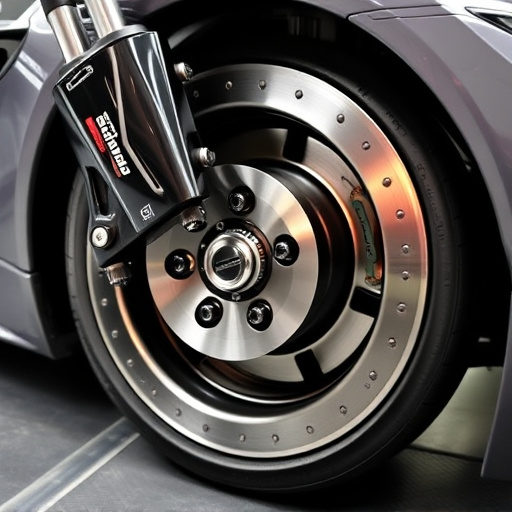
Car suspension systems are a complex network of parts that ensure a smooth and controlled ride. Understanding this foundation is key to unlocking compatibility between new and older vehicles when it comes to car suspension parts. Modern vehicles employ sophisticated suspension designs, often featuring advanced technologies like multi-link setups and adaptive dampers for improved handling and comfort. On the other hand, classic cars may have simpler leaf spring or coil spring systems with less complex geometry.
When seeking car suspension parts that accommodate both new and older models, manufacturers often focus on creating universal components that can adapt to these varying architectures. This involves considering not just physical dimensions but also mounting points, attachment methods, and the overall compatibility of suspension components like shock absorbers, springs, control arms, and strut towers. Additionally, factors like vehicle weight, intended use (daily driving or off-roading), and desired ride quality play a significant role in determining which car suspension parts will best fit both new and older vehicles.
Identifying Common Suspension Parts and Their Functions
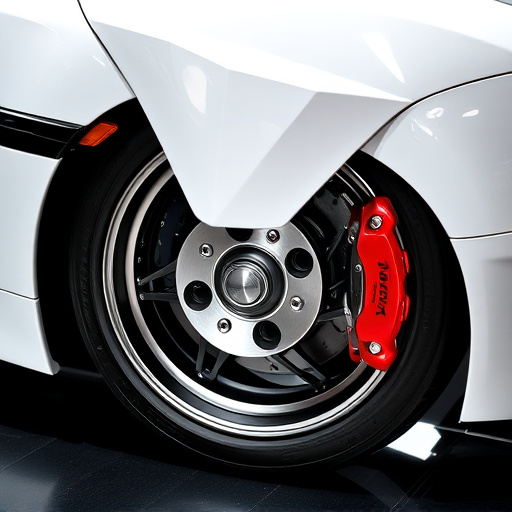
In the world of automotive maintenance, understanding the various car suspension parts is key to ensuring a smooth ride and optimal vehicle performance. Whether your vehicle is new or an older model, several critical components work in harmony to provide stability, control, and comfort while driving. Identifying these common suspension parts and their functions can help drivers make informed decisions when it comes to upgrades or replacements.
Some of the primary car suspension parts include struts, shock absorbers (or dampers), coilover kits, and control arms. Struts, for instance, are responsible for maintaining vehicle height and aligning wheels while absorbing impacts from bumps in the road. Shock absorbers regulate the speed and force of up-and-down movements, ensuring a smooth ride. Coilover kits offer both adjustable suspension and improved performance by allowing precise control over spring rates. Additionally, performance air filters can enhance engine performance by allowing cleaner air to enter, thereby improving overall vehicle dynamics.
Finding Universal Fit: Adapting Suspension Components Across Generations
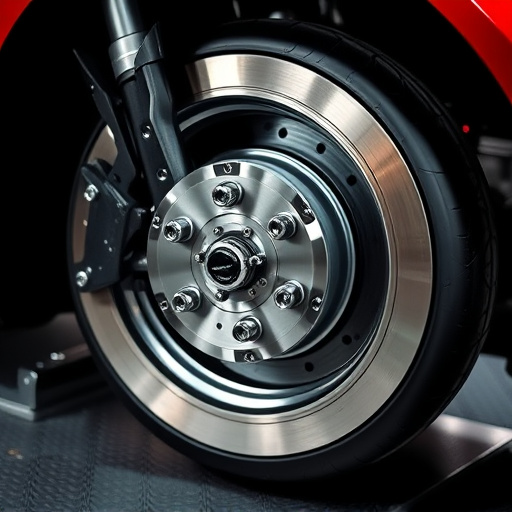
In the world of car suspension parts, finding universal fit can be a challenging yet rewarding endeavor for automotive enthusiasts and mechanics alike. With countless vehicle models rolling off the assembly lines each year, it’s no surprise that keeping up with ever-evolving technologies and designs can feel like navigating a labyrinthine landscape. However, thanks to innovative engineering and adaptable components, many car suspension parts are designed to bridge the gap between new and older vehicles.
This adaptability is largely due to the integration of modern materials and design principles, enabling manufacturers to create parts that can be tailored to fit various models and generations. For instance, adjustable shocks and struts often serve as versatile solutions, offering both performance upgrades and compatibility with a wide range of cars. Additionally, modular systems and interchangeable components make it easier to find car suspension parts that cater to both the latest high-tech vehicles and vintage classics. This versatility not only simplifies repairs and modifications but also allows for personalized tuning, ensuring optimal performance from intake components, including air filter kits and performance air filters, across different automotive generations.
Car suspension parts that cater to both new and older vehicles offer a unique advantage for automotive enthusiasts. By understanding the compatibility of various suspension systems and identifying common components, it’s possible to enhance performance and comfort across different generations. Adapting these parts seamlessly bridges the gap between modern innovations and classic designs, ensuring a smoother ride and a tailored driving experience for all.








